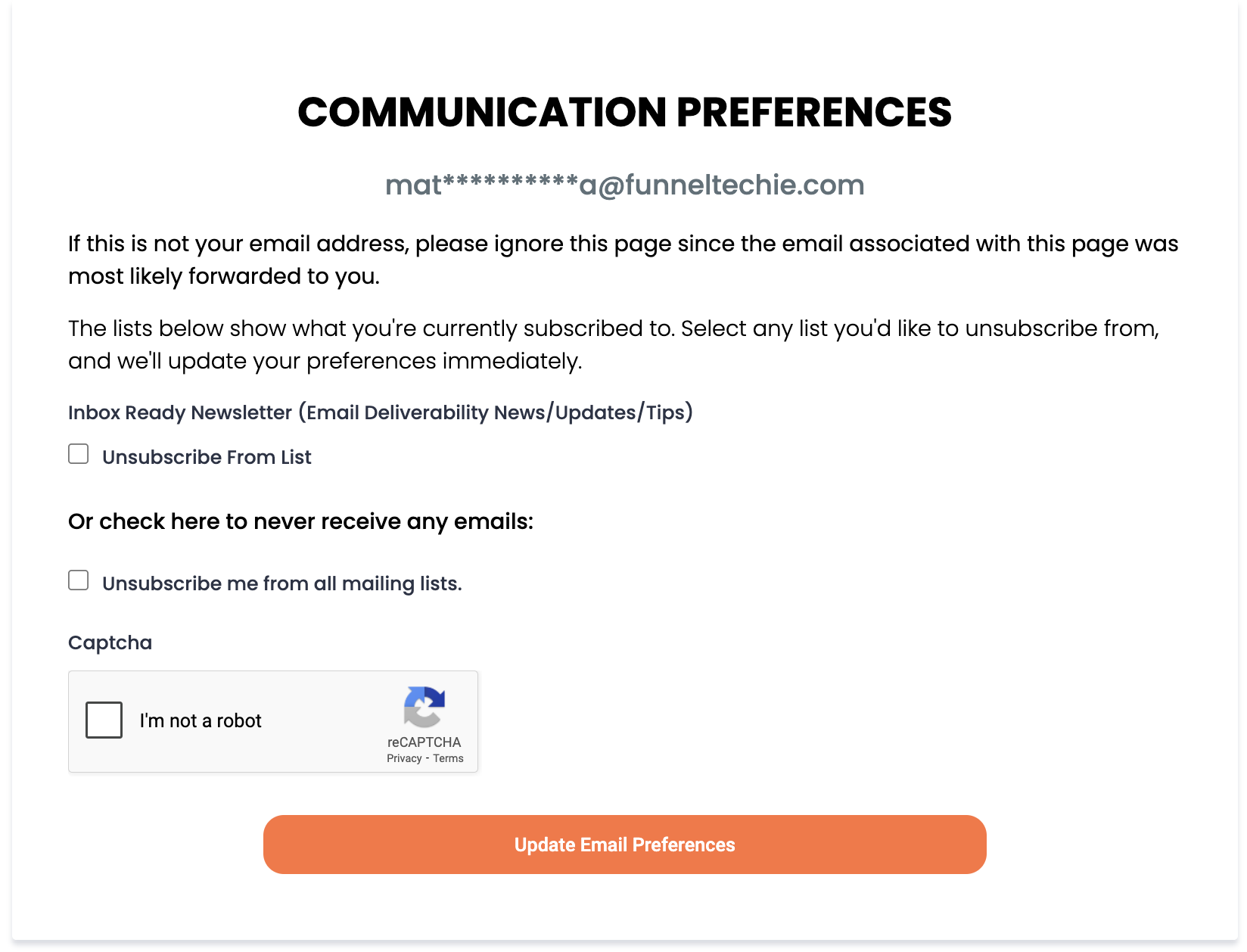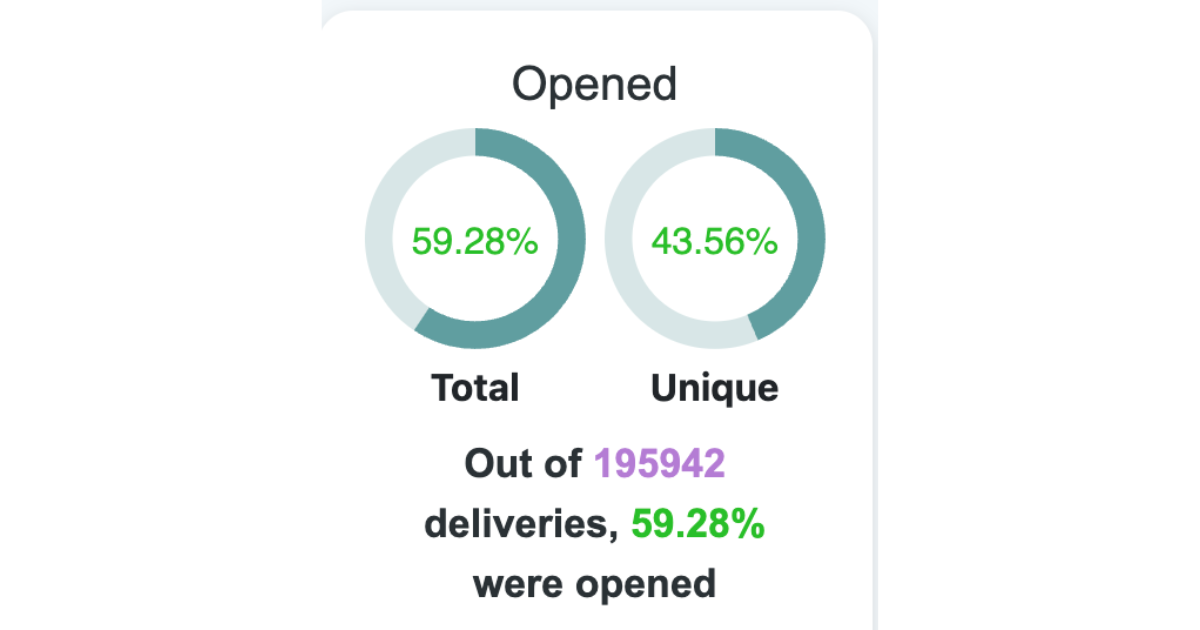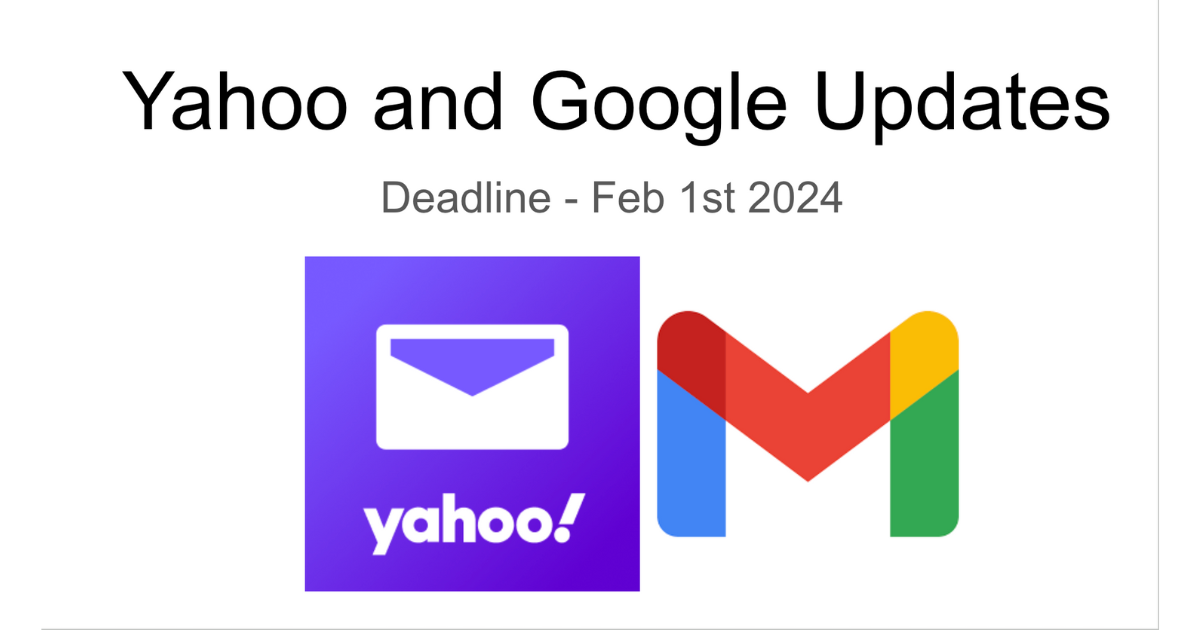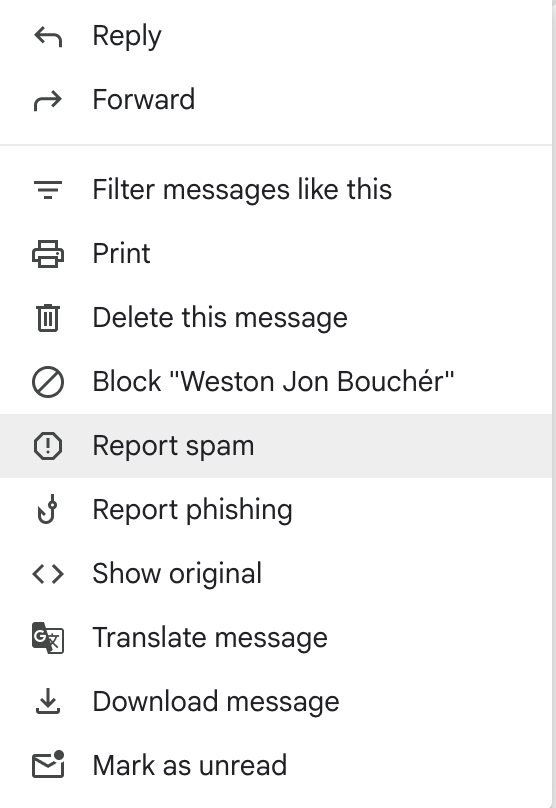
The number one thing that I've seen across all of my deliverability clients over the years is that list-hygiene is probably the number one thing that gets neglected which ultimately leads to domain reputation issues.
But why?
Your list needs consistent maintenance to ensure mailbox providers don't start seeing more negative signals than positive. If this happens then open rates drop, inbox placement shifts, and your emails will start landing in spam if you're not careful.
^^That paragraph above doesn't speak to every inbox provider but does highlight a fact across providers where engagement can be measured. This also deserves a deep dive about opens in particular, but I'll need to save that for another time.
The one surprising thing that most marketers don't realize is that if a GMAIL contact marks you as spam you'll not know it. Your CRM/ESP will not know either. Google prevents that data from being sent back up through a feedback loop. What this means in practice is you'll still be sending email to these contacts, completely unaware that they’ve already marked you as spam. Those contacts aren't checking their spam folder. Engagement drops. The inbox provider downgrades your domain reputation....I think you get the picture.
Here's a test that I did this morning just to emphasize this more. I went into a sub-account inside of my GHL account and sent an email to a test inbox, marked it as spam, and resent another. The contact status didn't change in my CRM and emails continue to be sent, but will forever land in the spam folder sending a negative signal to the inbox provider.
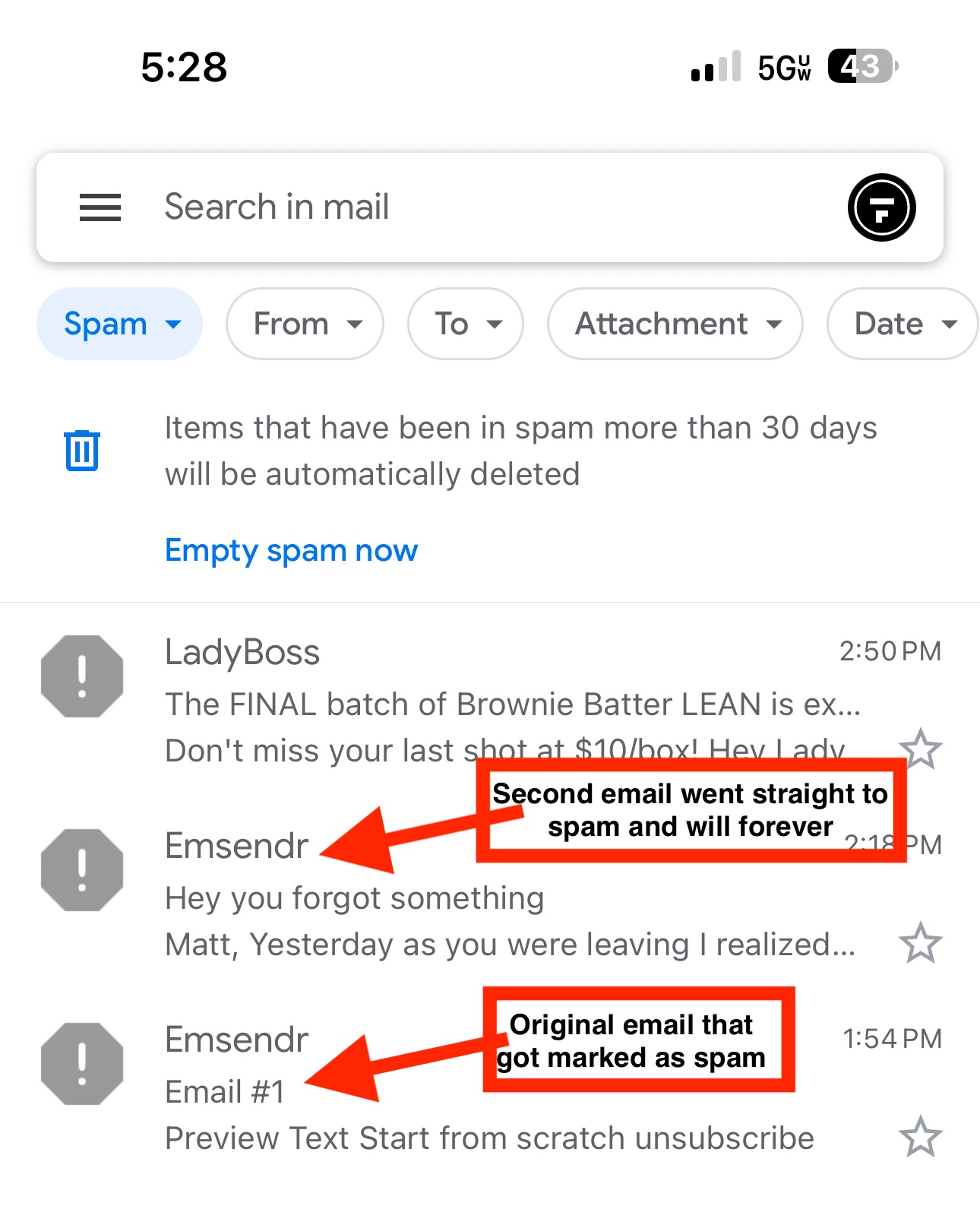
CRM's and ESP's try to do their best to provide engagement data to you, while others allow you to enable the functions within their system to acquire the information.
If you're using ActiveCampaign then you can enable this using automations. I've built this tooling in that platform.
If you're using Keap then engagement is being tracked automatically and categorizes contacts as engaged, unengaged marketable, or unengaged non-marketable.
If you're using HighLevel then you can grab some of what you need by using smartlists and looking at opens/clicks, but they fall short with their tooling. I've created my own email engagement system a couple years ago for GHL and it works amazingly well.
All of this underscores the need for a well-structured sunset policy. In simple terms, a sunset policy ensures that unengaged contacts are gradually removed from your regular email broadcasts based on a predetermined timeframe - whether that's 30, 60, 90, or 120 days. By segmenting and suppressing disengaged contacts, you prevent them from dragging down your domain reputation and inbox placement and will push those spam complainers out too.
Example - if you have a 30-day sunset policy and send emails three times per week, your contacts have had ample opportunities to engage. On day 31, any contacts who haven’t interacted are automatically moved off your main list, ensuring that you’re only emailing those who are genuinely interested - keeping your sender reputation strong and improving overall deliverability.
Let me know your thoughts on this and if I can help you navigate it a bit better.
Later!
-Matt
***
Let’s Work Together
If you're dealing with email deliverability issues, losing sales due to emails not reaching customers, or just want to improve your engagement, fill out this quick form. It takes less than 2 minutes, and I’ll get back to you with the best next steps.
➡️ Start Here: Get My Email Fix Started
Email me: [email protected]
Join my newsletter: https://inboxready.funneltechie.com
Book a Discovery Call: funneltechie.com/schedule
Let’s get your emails reaching the right people - because if they don’t see it, they can’t act on it.

